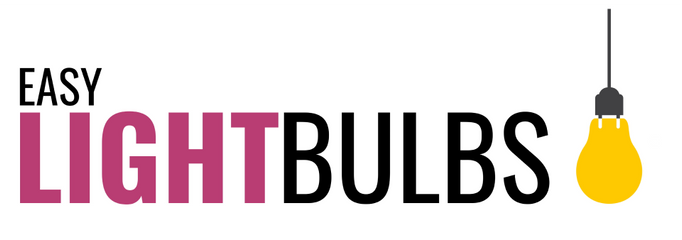What is Light Colour Temperature and Colour Rendering Index (CRI)
This guide will explain colour temperature and Colour Rendering Index (CRI), which will help you to choose which energy saver lamps or fluorescent tube lamps to buy.
Colour Temperature
This is a measure of how warm or cool the light given off by a fluorescent lamp appears, with warmer colours having a yellowish tinge and colder colours appearing a lot brighter. What confuses some people is that the warmer a colour is, the colder its colour temperature is. This is because something which is red hot is actually colder than something which is white hot (which makes sense when you think about it) but psychologically the bluish white object seems colder as we associate blue with cold.
Here at The LAMP Company all our offices and work areas are fitted with 6500k lamps. It helps provide the staff with better light levels and it is deemed to appear a much nicer atmosphere.
Colour temperature is measured on the Kelvin (K) scale, which uses the same units as the Celsius or Centigrade scale, but starts at absolute zero (-273 degrees Celsius). It is called colour temperature as is derived from the colours of light emitted when a body of carbon is heated to different temperatures. If you were to heat it to 2700K it would glow yellowish-white, and if you heated it to 5400-6500K it would glow bluish-white.
A warm white lamp similar to an incandescent bulb, including halogen, has a colour temperature of around 2700K, and gives off light with a yellowish quality, while 5000-6500K represents a bluish white colour as shown in the colour guide.
The most common colour temperatures available are as follows:
2700K is classed as extra warm white and is common in many of the lamps available from supermarkets, DIY sheds and the free ones given away by energy companies. However, this colour has done more damage to the use of CFLi’s due to many retailers selling inferior quality items causing headaches, poor lighting and in some cases short life.
3000K is still classified as warm white, but is slightly colder than 2700K and mimics a halogen lamp. Therefore 3000K fluorescent tubes are often used in kitchens which are decorated in white or silver metallic to give a clean feel. We have Casell branded compact fluorescents in 3000k.
3500K is bulk standard white and has been around for over 70 years. Popular in warehouses, corridors, offices and many other applications where people are situated. Half our warehouse is in white and the other half in Daylight. It looks strange but it’s used in many editorials.
4000K is classed as cool white that is often used in office buildings, and you might consider it for a home office to give a more professional feel. It will also appear brighter that White and warm white.
5400-6500K lamps are often branded as 'daylight lamps', having a similar quality of light to a hot summer's day with a blue sky. This is a very cold light that would not usually be used in the home, but may be helpful for people with Seasonal Affective Disorder. (SAD)
Colour Rendering Index (CRI)
This is a measure of how realistic colours look when they are lit by a lamp. A standard incandescent bulb scores 100% as it produces the full spectrum of colours and therefore has perfect colour rendering.
Fluorescent lamps have a lower CRI because they do not produce the full spectrum of light. Good quality triphosphor fluorescents use three phosphors to give off red, green and blue light. This tricks your eyes into thinking they are seeing white, in much the same way as a TV screen works. If you want colours to look good, you need to choose a fluorescent lamp with a CRI of 80% or higher - this will be fine for everyday use. Specialist fluorescents are available with a CRI higher than 90%, but these are slightly less efficient and are usually only used by professionals such as graphic designers or artists.
You should avoid buying tubes for the home if they do not have a CRI rating of at least 80%, as they may be cheap tubes intended for office buildings. These only use a single phosphor that leaves large gaps in the spectrum of light. They have a CRI as low as 50%, which tends to give people's skin a sickly look, and colours just don't look right. They are also now banned under EU regulations. These give energy saver bulbs a bad name, but are greatly out-performed by modern, household fluorescents with a high CRI.
Perceptions of fluorescent energy saver lamps
People often complain that they do not like fluorescent energy saving lamps because of the colour they produce. This is because they buy discounted 2700k lamps from their supermarket or receive free energy saving lamps from their Energy Company; free ones that are paid for out of their energy bill! These 'free' lamps help energy companies hit their 'carbon reduction targets' but of course don’t even have to be installed! Nothing in life is free.
Call +44 800 131 3003 or email sales@easy-lightbulbs.co.uk for any questions you may have.

Leave a comment